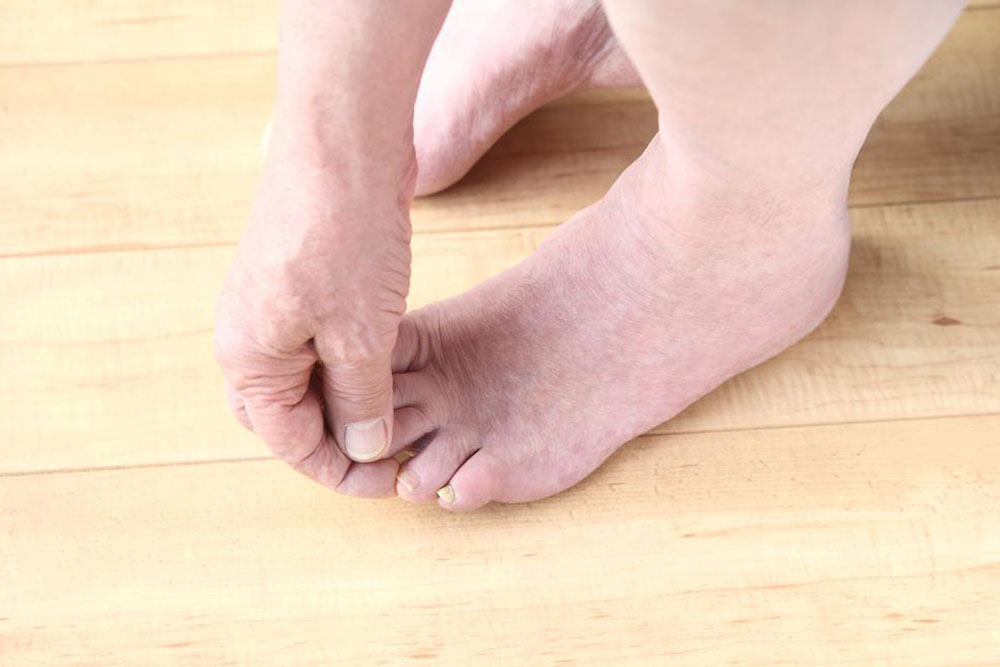Understanding Diabetic Neuropathy: Symptoms and Management Strategies
This article offers comprehensive insights into diabetic neuropathy, including its symptoms, types, and effective management strategies. It emphasizes the importance of blood sugar control, highlights treatment options like medications, supplements, and lifestyle changes, and underscores the significance of proper foot and hand care to prevent complications. An essential resource for those managing diabetes and related nerve issues, it provides practical advice to improve quality of life and prevent severe outcomes.

Understanding Diabetic Neuropathy: Symptoms and Management Strategies
Diabetic neuropathy results from nerve damage caused by elevated blood sugar levels in individuals with diabetes. This condition primarily affects the legs and feet but can also involve areas like the neck, shoulders, and back. It is classified into various types based on the affected region, including peripheral, autonomic, proximal, and focal neuropathies.
Peripheral neuropathy impacts nerves in the extremities, mainly the legs and feet.
Autonomic neuropathy affects nerves controlling involuntary functions such as digestion, blood flow, and urinary functions.
Proximal neuropathy involves the thighs and hips, often causing weakness.
Focal neuropathy targets specific nerves or areas, leading to localized symptoms.
Recognizing Symptoms of Diabetic Neuropathy:
If you notice the following signs, you might be experiencing diabetic neuropathy:
Reduced ability to feel pain or temperature changes.
Numbness in affected regions.
Burning or tingling sensations across the body.
Sudden sharp pains and muscle cramps.
Increased sensitivity to touch; even gentle contact can cause discomfort.
Muscle weakness affecting movement.
Loss of reflexes.
Impaired coordination and balance issues.
Ulcers, infections, and deformities, especially in feet and legs.
Altered bowel habits like constipation or diarrhea.
Difficulties swallowing.
Men may experience erectile dysfunction.
Gastrointestinal issues like nausea, vomiting, and bloating.
Women might face vaginal dryness and sexual problems.
Changes in blood pressure and heart rate.
Dizziness and lightheadedness.
Swelling in affected areas.
Treatment Options for Diabetic Neuropathy:
While nerve regeneration isn’t possible, symptoms can be managed, and further damage prevented. Maintaining optimal blood sugar levels is essential. Additional treatment options include:
Opioid medications such as oxycodone and tramadol for pain relief.
Antidepressants like amitriptyline or newer agents that influence pain pathways, with fewer side effects.
Over-the-counter pain relievers including acetaminophen, aspirin, and ibuprofen.
Anti-seizure drugs like pregabalin and gabapentin to reduce nerve pain and improve sleep.
Alternative therapies such as acupuncture.
Supplements including alpha-lipoic acid and acetyl-L-carnitine.
Low-impact exercises like swimming to improve nerve health without overstressing the nervous system.
Topical capsaicin creams to soothe localized pain, with caution to avoid skin irritation.
Proper foot and hand care is vital. Regularly inspect these areas for sores or injuries and consult a healthcare professional promptly to prevent infections or complications.










